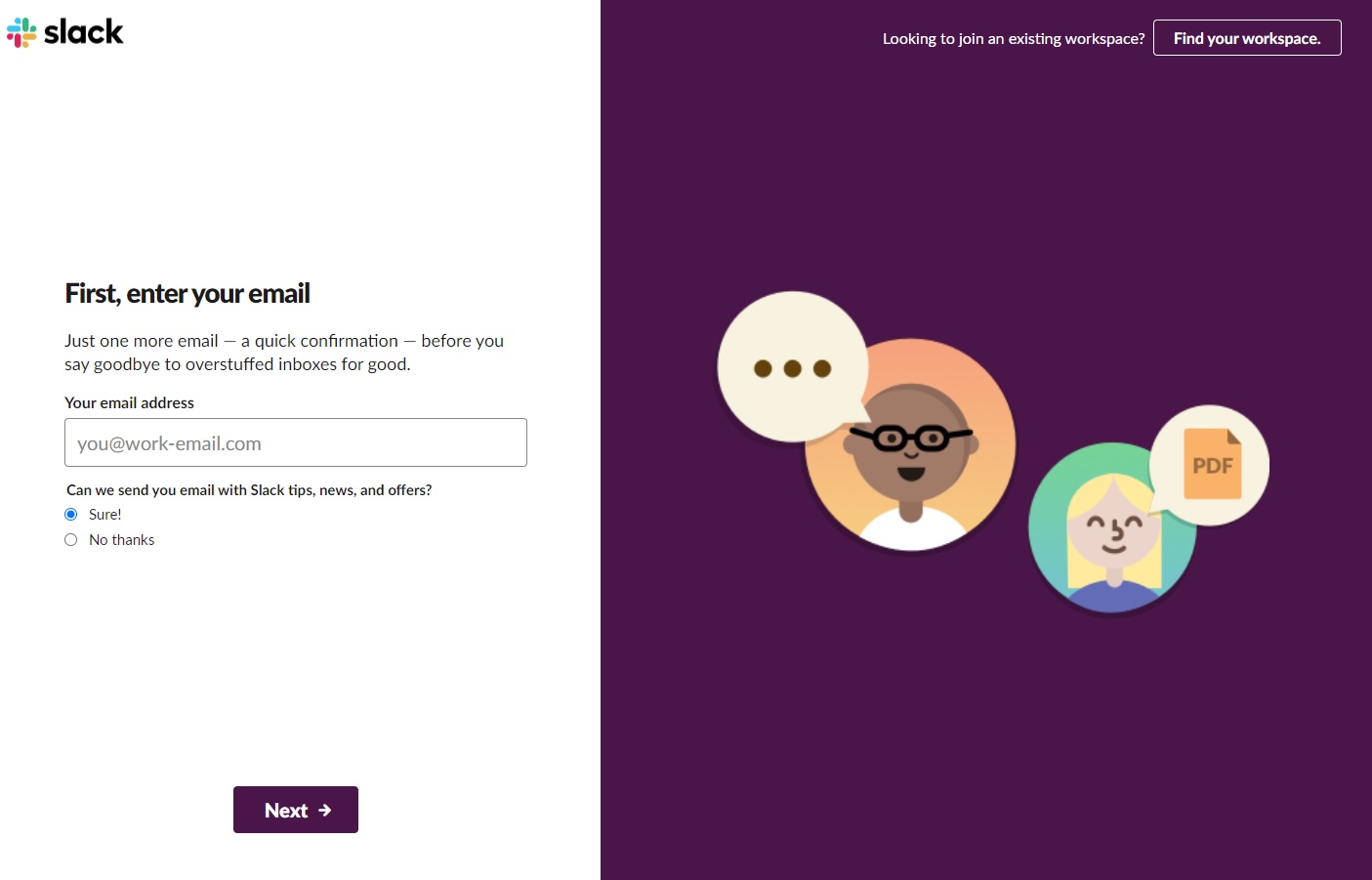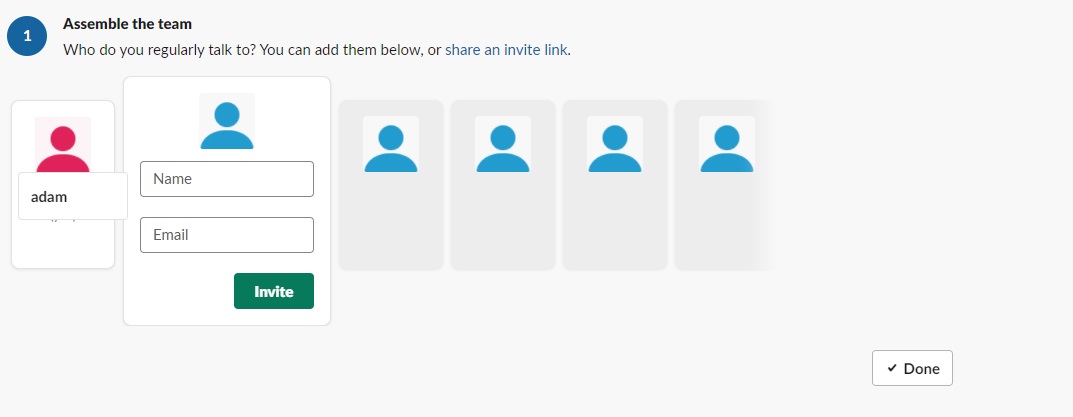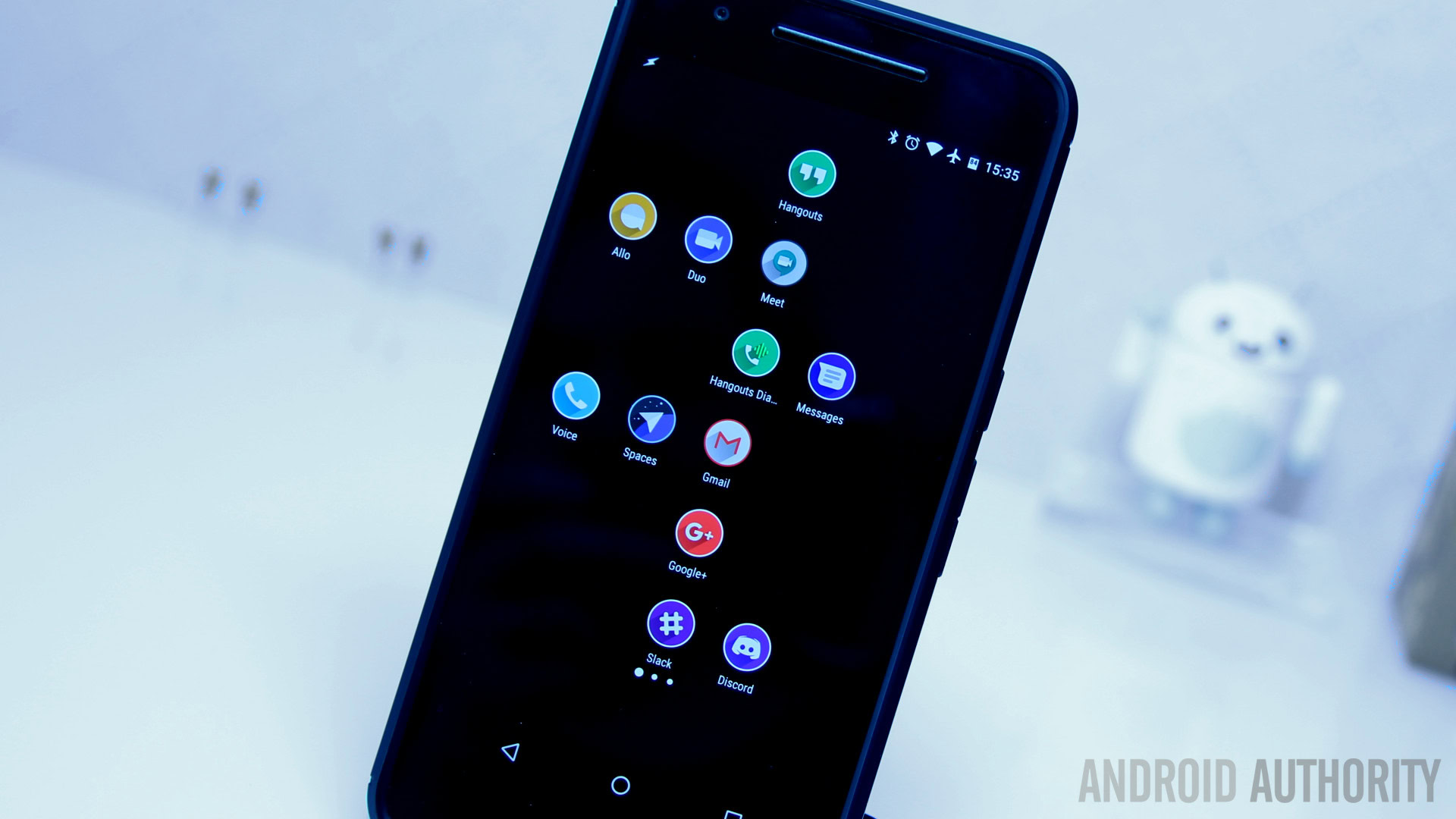Affiliate links on Android Authority may earn us a commission. Learn more.
How to use Slack for productivity and teamwork
Slack is a great way to make your remote team feel just a little bit closer. It’s a vital aid in plenty of collaboration situations, though it’s not so much a tool for project management. Rather, it’s all about relationships. Here’s what you need to know about using Slack and what all it is good for.
See also: Top online tools for home office workers
The easiest way to think of Slack is: “WhatsApp for businesses.” If you’re now wondering why businesses need WhatsApp, then stick with us. We’ll explore both how to use Slack and where it fits into your team’s workflow. We’ll also see why Slack’s usefulness goes beyond aiding teams that work from home.
What is Slack for?
Before we get into how to use Slack, it’s first useful to understand why it’s needed in the first place.
Consider what’s missing from a remote work setup: the ability to lean over and tap your colleague on the shoulder.
See also: How to use Google Drive: Everything you need to know
While you can always send an email to someone on the other side of the world, it isn’t the same as quickly asking a question. Most of us will check our emails a few times per day, which means we don’t respond immediately. Email is, therefore, typically more long-form.
Sometimes you need to ask a question and get an immediate response.
Sometimes you need to ask a question and get an immediate response. At other times you could use some information but don’t consider it worthy of a whole email chain.
Slack also fills the need for chit-chat. While some managers may see chit-chat as the bane of productivity, the truth is that it helps form relationships, bringing colleagues closer together, and generally oils the cogs of teamwork. Slack can create a sense of camaraderie that other tools just can’t.
In short, Slack is a place for all the communication that doesn’t lend itself to an email and doesn’t revolve around updates to an ongoing project. And seeing as many companies are spread over multiple sites or just huge buildings, this can also be useful for teams that are still in the office!
See More: How to create custom emoji in Slack
How to use Slack
With that in mind, let’s take a look at how to use Slack.
First, you’ll need to make sure everyone on your team has access. Slack is available as an app for Android and iOS but can also be accessed through the website at Slack.com. Everyone who wants to take part will need to create a profile (you’ll also be given the option to do this while setting up your workspace).

To get started, you need to create a “workspace” for your team. This is your private slack that will contain all the channels and conversations that belong to your organization. You can create a new workspace by heading to slack.com/create.
Choose a name for your workspace and add any co-workers you want to right away (or skip this step). You’ll also be given a URL that is unique to your team based on the workspace name. This is handy, as users can head straight to that page to start chatting.

Of course, if your company already has Slack, then you can just join a preexisting Slack workspace!
User groups and channels
From here, you can go about setting up some other features of your Slack workspace. For example, you can create new channels, which are effectively groups within your Slack workspace. These can be public or private and allow you to discuss a particular topic or chat within a specific group.

For example, you might have channels for different departments within your organization. Alternatively, you might have a channel for a particular project that some people are working on. A channel can be about anything. It serves to prevent a single thread from becoming clogged up and unmanageable.
Here at Android Authority, we have channels for device reviews, for the YouTube channel, for “off-topic” chat, for different regions, welcoming new members, and more.
You can view all existing channels in the left menu under the “Channels” tab. To make a new channel, just hit “Add channels.” All members can do this by default.
Admins can create user groups, too (they can also extend this permission to general users). This is a handy way to label entire groups of users for easy reference. For example, you might want to group managers, editors, or freelancers.
How to use Slack for chat and more
Chatting in Slack should feel familiar for anyone who has used a chat app before. Simply jump to the Channel you want to chat in and read the previous messages by scrolling down the page. If a lot has been said, you will have the option to jump right down to the bottom. If you have something to contribute, just start typing in the textbox at the bottom. You can add attachments, links, and messages, and there are options for some basic formatting (bold, italics, bullets, etc.).

You can also tag specific members of the team by using @their-name. Tagging this way also works for user groups and channels. This will notify that person (unless they have turned notifications off in the settings). Hit send when you’re ready to share your message.
Threads and direct messages
Alternatively, you can respond to individual messages directly to create threads within the main channel. To do this, just hover over the message and choose the speech bubble icon to “respond in thread.” This will open up a window on the right if you’re on desktop, where you can also see other responses. If you’re on mobile, just tap on the message thread.

As well as jumping between channels and threads, you can also message people directly by using the “Direct messages” list on the left. This shows a list of people you have messaged recently. However, you can also choose “Add teammates” to message someone new. Notice that you can see who is currently online or offline as denoted by the little green or empty circles next to their names.
Tips and tricks
Now you know how to use Slack, it’s time to start using it better.
Did you know that Slack stands for “Searchable Log of All Communications and Knowledge”? As you might expect then, you can also search through the entire backlog of messages. This is extremely useful if you have missed an announcement, password, link, or something else crucial to your workflow. Simply type your search query in the search box at the top of the UI. You can also filter your searches this way.
If you want to practice in a safe setting, then try talking to the Chatbot.
Another advanced feature Slack offers is the ability to add “apps.” These are plugins that extend the capabilities of Slack or integrate it with other tools and services. For example, Vacation Tracker is a handy applet that lets users request and authorize (or deny) vacation directly through Slack. Giphy, for example, lets users share Gifs. Others include Google Drive, Dropbox, Gmail, and more!
Learning shortcuts can be handy for increasing productivity too. You can view a list of quick-actions by typing “Ctrl” then “/.” Alt and back, meanwhile, can be used to jump back to the previous channel quickly. Find more here. If you want to practice in a safe setting, try talking to the Chatbot, an automated bot.
Click your profile picture in the top right of the screen to change your status or update your profile.
Best practices
One of the most important things to learn when using Slack is when to use the app and when not to.
While Slack partly exists to facilitate friendly conversation, it’s important not to let it become a black hole that eats up your productivity. Ask yourself whether a request works better as an email – if it requires an info dump, for example, or if it’s non-urgent. Likewise, be polite but also try to get to the point quickly.
Be respectful of your colleagues’ time.
Be respectful of your colleagues’ time, and likewise, remember that you don’t always have to respond to messages right away. Being highly productive sometimes involves getting into a state of uninterrupted flow – which can be hard if people keep pinging you!

If you need some uninterrupted work time, try changing your status to let your team know that you’re unavailable. You can also find the option to pause notifications in this same window. Click “Preferences,” and you’ll even be able to set windows during which you do and do not want to receive notifications. This is particularly important to avoid getting stressful messages when you’re trying to unwind after a long day. Creating separation between your work life and downtime is extremely important, especially if you work from home.
And remember: people can see you. If you’re spending all of your time in the off-topic lounge, that’s going to be apparent to your managers!
With all that said, there is no right or wrong way to use Slack. As with the office itself, you’ll find that your workspace develops its own work culture and tone. Treat this like you would the office, and you won’t go wrong!
Read next: Microsoft Teams vs Slack: Which is best for remote teams?